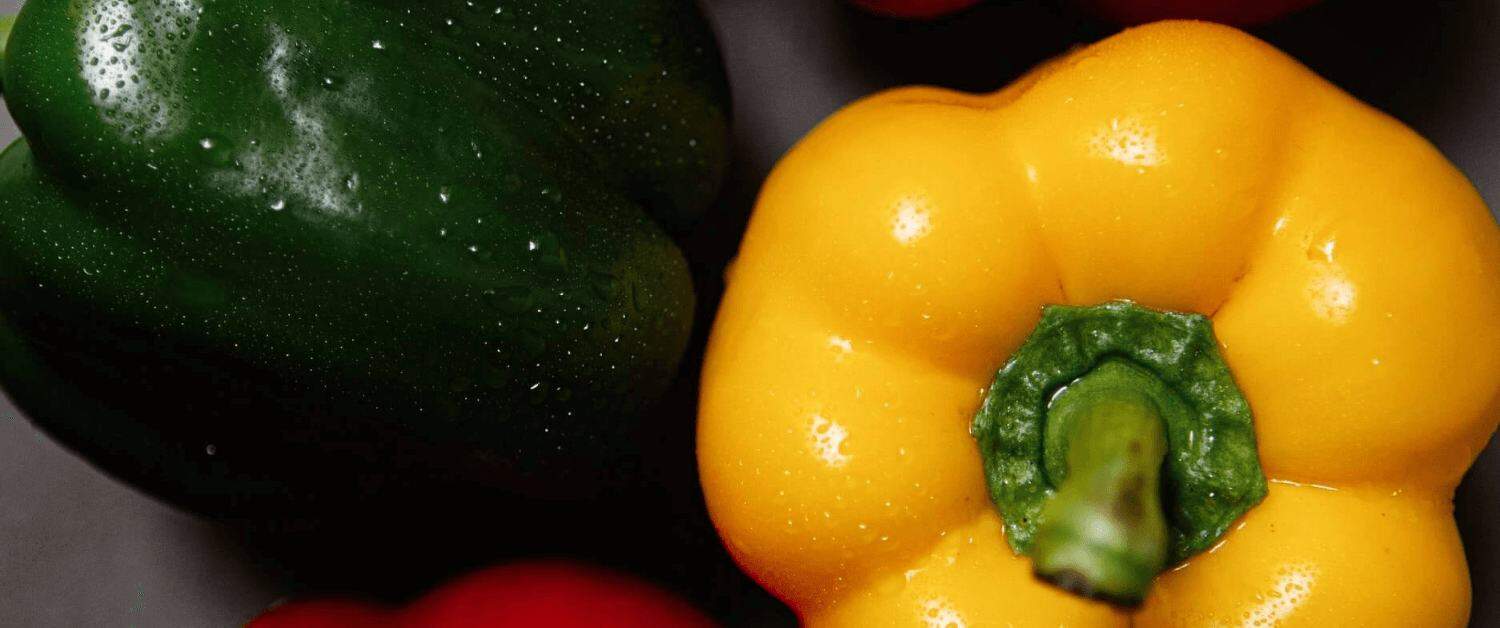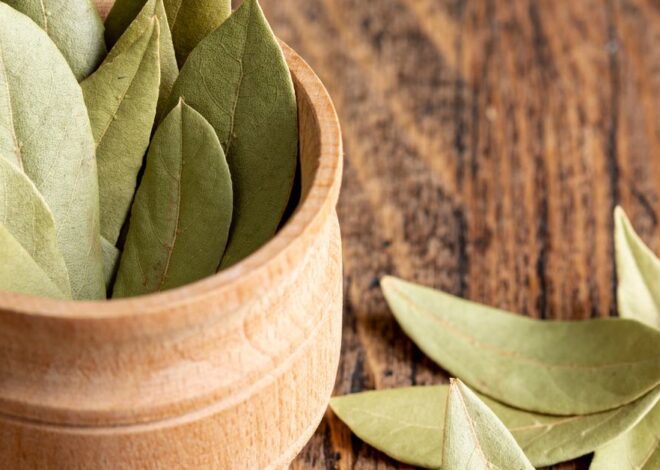
Luscious Bell Peppers!!!
Every time I stroll through the produce section, I am drawn to the vibrant hues and crisp texture of fresh bell peppers. Whether it’s their color, crunch, or mild sweetness, they instantly elevate everyday recipes. More importantly, they are one of the most antioxidant-rich vegetables, ideal for anyone following a low-calorie meal plan.
A Rainbow of Options for Every Kitchen
Known as sweet capsicum in many regions, bell peppers are available in vivid shades like red, yellow, orange, green, and even deep purple. Unlike their spicy cousins, they lack capsaicin, which makes them perfect for mild-flavor cooking ideas such as vibrant salads, veggie wraps, and immune-boosting meals.
Because they are so easy to prepare, these clean-eating vegetables are a staple in quick dinner recipes and lunchboxes too.
Why They Are a Nutrition Must-Have
Bell peppers consist of up to 95% water, making them incredibly hydrating and low in fat. They’re high in fiber and packed with essential nutrients like Vitamins A, C, E, and B6. Red bell peppers, in particular, boast more beta-carotene and Vitamin C compared to their green counterparts. Including them in your meals can help improve digestion, support skin health, and aid in weight management.
No wonder they are often listed among the best vegetables for weight loss.
Decoding the Lobes: What to Pick and When?
Here’s a fun fact that surprises many: Bell peppers can have either three or four lobes. While some say this indicates gender, that’s just a common bell pepper myth. In truth, all bell peppers originate from self-pollinated flowers with no gender distinction.
So, what’s the real difference? Four-lobed peppers tend to be sweeter and are great for raw dishes and dips, while three-lobed ones are firmer and better for sautéing or stuffing, perfect for your next healthy dinner idea.
Bell Peppers: Budget Tips and Storage Tricks
The green versions are usually less sweet and more affordable because they are harvested earlier. On the flip side, red, yellow, and orange peppers are picked later, making them not only more nutritious but also more expensive.
To get the most out of your fresh produce shopping, pick a firm, brightly coloured peppers that feel heavy for their size. Skip any with soft spots or pale patches.
Once home, store them in a breathable cloth bag inside your fridge to preserve freshness for 4–5 days. Want them to last longer? Wrap each in cling film, this simple vegetable storage hack can keep them crisp for up to a week.
Conclusion: Brighten Every Meal with Bell Peppers
From breakfast scrambles to sheet pan dinners, bell peppers are a game changer in the kitchen. They’re flavorful, nutrient-dense, and perfect for easy meal prep. Whether raw, roasted, or blended into sauces, these versatile cooking vegetables check all the boxes for health, taste, and convenience.
Next time you are browsing the aisles, grab a handful of these colorful gems. They are your shortcut to meals that are as nutrient-rich as they are beautiful.




Too good a piece of information this is….keep bloggin for more such interesting information
Too yummy and healthy content 😋😋 Ruchi…
After reading your blog only noticed about no of lobes in capsicum. Cool stuff.
Very useful information.l can relate now, once I had a chillie plant bearing 4 colored chillies and was wondering how it was possible.very holesome blog .keep it up!
Very interesting content
Good one
Wow.. Nice information about capsicum and it’s no. of lobes
Very informative..thanks ruchi
Healthy content
Very informative….👍👍
Relevant information. 💯💯
Good info ruchi
Excellent piece of information!!
Thanku for sharing this important piece of information.
Very useful content.
Very useful information…nicely described 👌👌
Useful information.. Keep sharing ur knowledge n keep blogging🙂
Very interesting insights..
Very informative & interesting.. Specially lobs of bell papers and nutritive value .. Well done..
Very informative and interesting.keep posting such blogs
Very useful information.. Thanks dera
Nice information .keep it up
Very informative. Keep posting.
I find the content very useful as in my family everyone loves coloured peppers and I use them a lot while making continental dishes…….thx
Happy to hear that. I too use bell peppers a lot.
Good one Ruchi,
one should hydrate with water rich veggies and fruits.. 👍 😊
Thanks a lot Mam.I do use bell peppers a lot in my cooking.
Thanks for each of your work on this blog. My mum really loves going through research and it’s obvious why. A number of us know all of the dynamic method you render both useful and interesting thoughts via the web blog and in addition recommend participation from some others on the issue then my simple princess is undoubtedly studying a great deal. Take advantage of the rest of the new year. You’re the one carrying out a powerful job.
The articles you write help me a lot and I like the topic